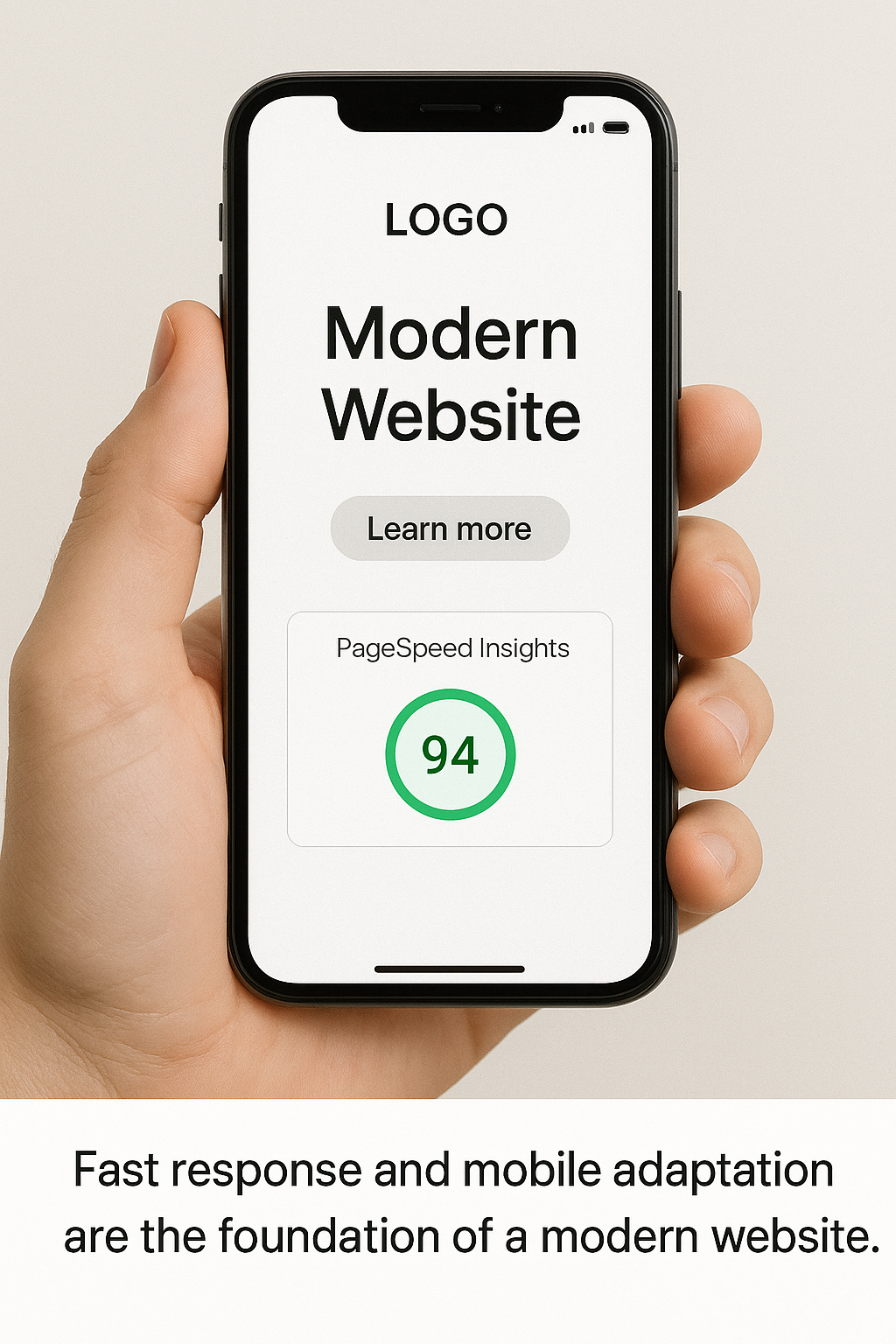Web Development in 2025: Your Website Either Sells or Slows You Down
Ilya Bulgakov, web developer and digital growth strategist
When a business hits a wall, the reason is often not the product or the team. More and more often, it's weak, outdated, or chaotic digital presence. A website is the first thing a potential customer sees, the f irst point of interaction, and the first impression of your brand. If your website isn’t working for your business, it’s working against it. And in 2025, this equation is harsher than ever.
Users no longer forgive mistakes. They won’t wait three seconds for a page to load. They won’t try to decipher a cluttered menu. They’ll close the tab and go where things are faster, simpler, and clearer. That’s why speed is no longer a matter of convenience - it’s a matter of survival. Today, if your website takes longer than two seconds to load, you lose up to half of your potential customers before the first interaction even happens. That’s not a hypothesis - it’s a metric. Web development is no longer about looks; it’s the engineering of impressions. If you don’t provide an instant response, intuitive interface, and a clear path to action, you’ve already lost.

But it’s not just about speed. The very concept of good UX has changed. Today’s user expects behavior on par with the best digital products in the world: Airbnb, Notion, Spotify. They expect predictability, clarity, minimalism. They don’t want to look for the right button; they want it to be exactly where they assume it should be. They don’t want to read, they want to understand in three seconds. In this sense, modern web design is almost an invisible art: the less you notice it, the better it works.
A major shift is also happening in interaction. Artificial intelligence has stopped being a novelty for geeks and has become part of everyday interfaces. Chatbots, smart forms, personalized content, these are no longer “nice-to-haves,” but features users expect. A site that adapts to the user, reacts to behavior, and offers exactly what’s needed becomes a live sales channel - not just a digital storefront.
Without question, security is another non-negotiable area in 2025. SSL certificates and HTTPS are just the beginning. Today, it's about deep data protection, transparent privacy policies, and full compliance with local and international regulations (GDPR, CCPA). And it’s not just about checking legal boxes - it's about visibly demonstrating respect for your user. Trust is a currency you can’t buy with ads. And your website is the front line of earning it.
Content management deserves its own spotlight. Businesses can’t afford to wait a week just to update a heading or launch a promo block. That’s why web development is moving away from rigid, static solutions toward no-code and low-code platforms, headless CMSs with visual editors, and f lexible architecture. In 2025, flexibility means market responsiveness. And a website that can evolve without a developer is not just efficient, it’s a competitive edge.
Everything boils down to one simple truth: a website is not a digital product, it’s digital infrastructure. It either supports the team, attracts clients, and boosts sales or it drains resources, confuses users, and repels opportunity. And if you still view your website as just “one of many channels” rather than a strategic growth tool, chances are, you’re not where you could be.
It’s time to stop treating web development as a “long-term investment.” In 2025, your website isn’t a bet on the future. It’s an operational tool for today. And like any good tool, it demands strategy, craftsmanship, and attention to detail. These very details. from load speed to micro-interactions - are what make the difference between a site that merely exists and a site that actually sells.